Won Shut Out Even by Circle, Dollar Dominates Stablecoin Landscape
Input
Changed
Risk Burden in Managing a Won-Pegged Coin
Limited Use Due to Lack of Demand
Some Currency Blocs Explore Niche Strategies
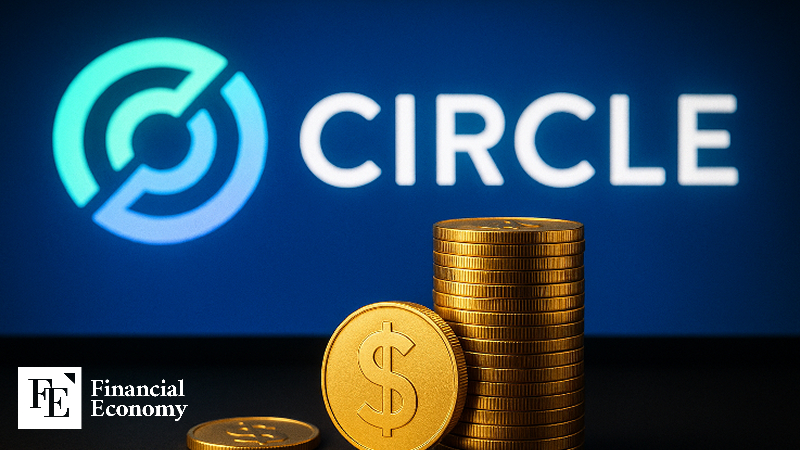
Circle, issuer of the dollar-based stablecoin USDC, has rejected proposals from Korean financial institutions to collaborate on a won-pegged stablecoin and instead pitched a dollar-focused partnership, drawing significant attention. While banks, fintechs, and platforms are racing to prepare issuances, clear demand has yet to emerge. Experts warn that without sufficient trust, stablecoins risk fading away as another short-lived “theme product.” Meanwhile, the United States is fast-tracking dollar stablecoin legislation, while China is pushing the introduction of a yuan-pegged version—narrowing the battlefield for currency dominance.
A “Predicted Outcome” in the Market
According to the financial industry on the 28th, Circle President Heath Tarbert met with senior executives of Korea’s four major banks—KB, Shinhan, Hana, and Woori—during his visit on the 22nd. Tarbert reportedly stated that Circle had no plans to partner on a won-pegged stablecoin, instead proposing cooperation on its dollar-backed USDC. With regulatory discussions on offshore-issued stablecoins beginning to take shape, the move is widely viewed as Circle seeking to lock in bank partnerships early.
Market response has largely been that this outcome was expected. Unlike dollar stablecoins, which concentrate global liquidity for payments and trading, a won-pegged coin has limited international utility and faces difficulty in building an early network effect. A senior executive at a major bank commented, “The introduction of a won-pegged stablecoin is possible, but there are many doubts about its competitiveness.” While tying into the rapidly expanding dollar ecosystem provides immediate access to payment, remittance, and trading pipelines, the won lacks such a demand foundation—a view widely shared across the sector.
In this environment, concerns are growing that issuing a won stablecoin could see management costs and macroeconomic risks erode any potential benefits. In Korean political circles, some are discussing allowing non-bank issuers with minimum capital thresholds of just $3.8 million to $7.6 million, but critics argue that supervisory frameworks must come first to prevent risks such as capital flight, money laundering, and coin runs. The Bank of Korea advocates a phased rollout, starting with major banks and expanding only after proving utility, while the Bank for International Settlements (BIS) has warned that widespread stablecoin use could undermine monetary sovereignty and capital controls.
As a result, skepticism prevails that unless real demand and a macro-stability framework are carefully designed, the cost-benefit balance of a won stablecoin will remain weak. Even in areas such as trade settlement where there is some demand, only models with sufficient scale and resilience to absorb regulatory gaps and supervisory costs could move forward. As Circle’s dollar-focused proposal illustrates, the balance of stablecoin partnerships in Korea’s financial sector is tilting toward the dollar, not the won.
Suppliers Active, Demand Dormant
Nevertheless, discussions on a won stablecoin are heating up among potential issuers. Multiple banks, fintechs, and platforms are preparing to enter the market, but the user base remains thin. With card payments and mobile transfers already ubiquitous in Korea, critics say there is little compelling reason for consumers to adopt a blockchain-based won coin. Yet suppliers, seizing on regulatory momentum and political debate, view stablecoin issuance as an opportunity under the banner of “next-generation financial infrastructure.”
KakaoPay offers a vivid example. In June, Kakao preemptively filed 18 trademarks under six different names—PKRW, KRKW, KRWP, KPKRW, KRWKP, and KRWK. But actual user adoption remains distant. Kakao argues that with roughly $442 million in prepaid deposits it has ample room to test payments, but there are no participating merchants, PG providers, or card companies. Moreover, licensing procedures for Virtual Asset Service Providers (VASPs) have not yet been completed, meaning full-scale issuance could take significant time.
Kakao’s past blockchain ventures underscore the risks. Its Klip mobile wallet and Klip Drops NFT marketplace initially drew attention but were ultimately shuttered due to weak demand. The precedent shows that neither technology nor brand alone can create sustained adoption. Experts warn that a won stablecoin faces the same danger: without real use cases, reserve management, and trust between institutions and users, it could vanish as another “theme product.”
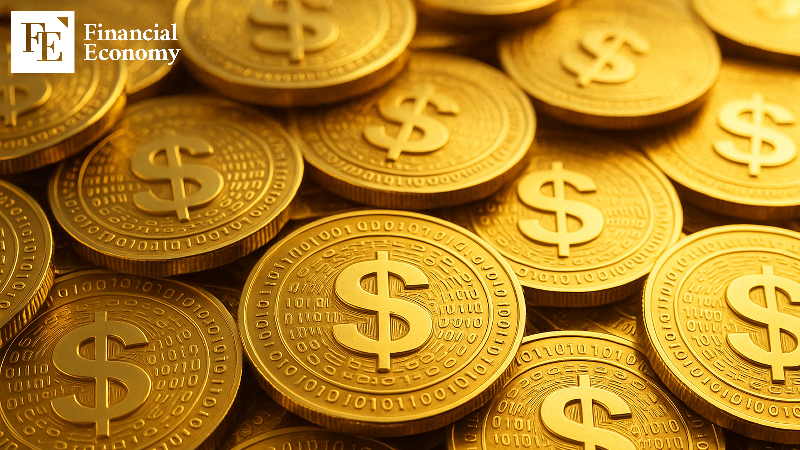
Dollar Hegemony Challenged—or Reinforced
Analysts note that only countries with regional reserve currencies or those directly challenging dollar hegemony can realistically pursue stablecoin strategies. For most nations, lack of demand is the first barrier, but scaling globally requires additional conditions: a payments ecosystem that generates real currency demand across trade and remittance networks, vast reserves and safe assets to support issuance, and regulatory infrastructure to manage capital flows and foreign exchange.
Currently, about 99 percent of global stablecoin transactions are in dollars, reflecting U.S.-centric market dominance and regulatory frameworks. Under such conditions, it is nearly impossible for emerging markets to break through alone. Only a handful of countries with monetary credibility, robust payments networks, and regulatory capacity can use stablecoins as a strategic tool.
China is one such player, seeking to fold stablecoins into its yuan internationalization roadmap. According to Reuters, the State Council is set to review and approve a strategy by the end of this month that includes measures countering U.S. stablecoin regulation, while top leadership plans to signal support for yuan-based stablecoins in a study session. Given Beijing’s 2021 blanket ban on crypto trading and mining, the signal marks a sharp policy reversal. It reflects a sense of urgency: unless the yuan expands its footprint in digital assets, its broader internationalization strategy could falter.
Still, China’s push faces major hurdles as the U.S. moves quickly. President Donald Trump has signed the GENIUS Act, formally integrating stablecoins into the regulatory system by defining issuance eligibility, reserve requirements, and consumer protections. Issuers are extending 24/7 low-cost payment infrastructure into digital assets and tokenized finance, reinforcing the dollar’s dominance in global payments. In this environment, no new currency is likely to rise quickly as a substitute; instead, national strategies are expected to converge on complementing the dollar—or crafting bloc-based alternatives.



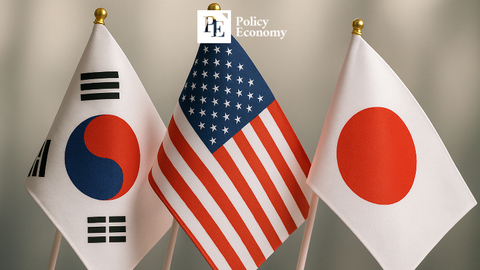


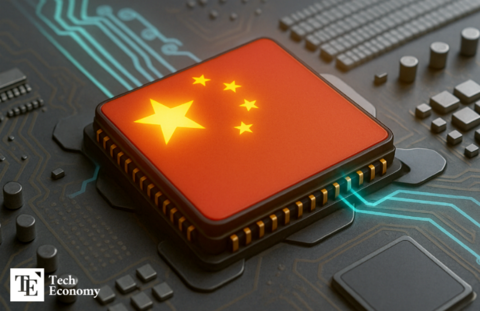
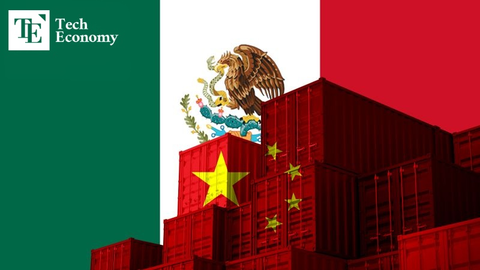
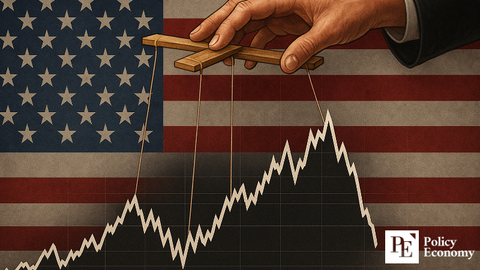
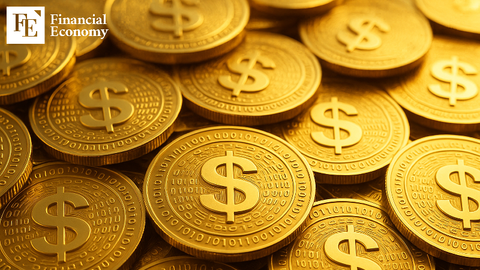












Comment